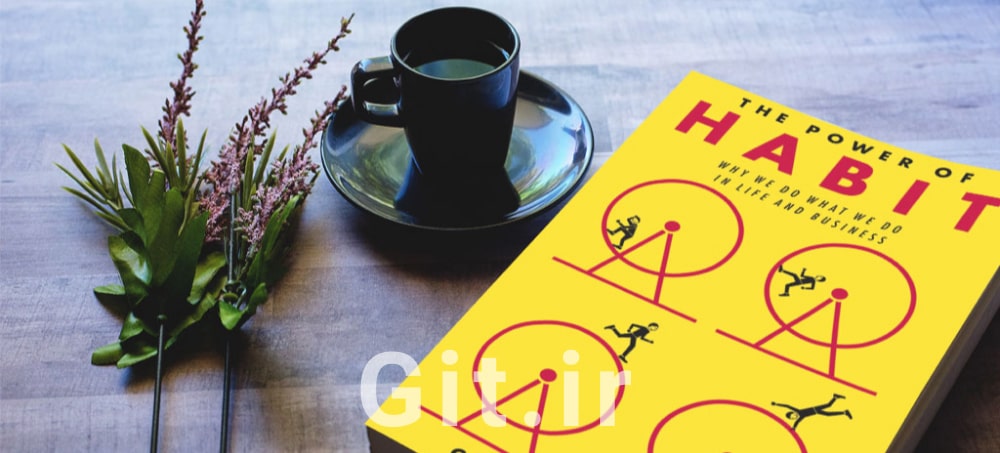Summary of The Power of Habit by Charles Duhigg

The Power of Habit, written by Charles Duhigg, is a popular book in psychology and personal development that was first published in 2012. Duhigg, an investigative journalist, explores the science behind habits and how they affect our daily lives. Using real-life examples and research, he shows us how understanding and changing our habits can improve our personal and professional lives.
Table of Contents:
- Part 1: The Habit Loop
- Part 2: Changing Habits
- Part 3: Habits in Organizations and Societies
- Key Takeaways
- Conclusion
Part 1: The Habit Loop
At the start of the book, Duhigg introduces the idea of the “Habit Loop,” which has three main parts:
Cue: This is a trigger that starts the habit. It could be a specific time, place, feeling, or any signal that gets you going.
Routine: This is the action you take in response to the cue. It can be something physical, mental, or emotional.
Reward: This is the benefit you get from completing the routine, which makes you want to do it again. The reward could be something emotional or physical that gives you satisfaction or pleasure.
Duhigg explains that this loop exists in every habit, no matter how simple or complex. To change a habit, you need to understand and change one of these three parts. He provides real-life examples and scientific studies to show how this loop works in action.
Example: Morning Coffee Habit
Cue: 7 AM, when your alarm goes off and you wake up.
Routine: After waking up, you go to the kitchen, brew a cup of coffee, and drink it.
Reward: The feeling of energy and alertness that you experience after drinking the coffee and the satisfaction of starting your day with a delicious cup.
This example illustrates how the cue (the alarm) triggers the action (drinking coffee), which then leads to a reward (feeling energized and alert). This loop can easily become a recurring part of daily life, forming a habit.
Part 2: Changing Habits
In this section, Duhigg discusses how to change habits. He points out that by identifying cues and modifying routines, you can achieve the same rewards and create new, positive habits. He emphasizes that changing habits requires self-awareness and consistent effort. Without these two factors, lasting change is unlikely.
Identifying Cues and Rewards
The first step to changing habits is recognizing the cues and rewards linked to them. Duhigg suggests keeping a journal for a few days or weeks to track your activities and emotions. This practice helps you spot patterns in your behavior, allowing you to identify specific triggers and understand your emotional responses more clearly.
Changing Routines
Once you identify cues and rewards, the next step is to change the routines. According to Duhigg, the best way to change a habit is to replace bad routines with good ones. For example, if you often snack on unhealthy foods when watching TV, try swapping those snacks for fruits or nuts. This small change can make a big difference in your eating habits.
Part 3: Habits in Organizations and Societies
Duhigg also talks about how habits influence workplaces and society as a whole. He explains how companies can boost productivity and job satisfaction by changing their employees’ habits. He shares stories of successful companies that achieved remarkable outcomes by focusing on habit change.
Examples from the Business World
One notable example in the book is the story of Alcoa, where CEO Paul O’Neill made worker safety a top priority. By changing the company’s safety habits, O’Neill not only reduced workplace accidents but also improved productivity and profitability.
In this case, Duhigg highlights how focusing on one core habit can transform an entire company culture, leading to both employee well-being and financial success.
Social and Cultural Habits
Duhigg also examines how habits shape cultures and societies. He provides examples of social movements that succeeded by changing the habits of individuals and communities. For instance, the civil rights movement used peaceful protest habits to create significant societal changes.
Key Takeaways
Small Habit Changes Lead to Big Results: Duhigg emphasizes that even small changes can lead to significant transformations in life. He shares real-world examples showing how these minor adjustments can have a major impact. Starting small can create ripples that turn into big waves of change. Tracking your progress can help make these small changes more sustainable.
The Role of Willpower in Habit Formation: The book explores how willpower is crucial for building and changing habits. Duhigg compares willpower to a muscle that gets stronger with regular use. He gives practical tips on improving willpower, like setting clear goals and creating an environment that supports good habits. These strategies make it easier to build positive habits and break bad ones.
Real-Life Success Stories: Duhigg shares true stories that show how individuals and organizations have achieved major successes by changing their habits. These stories are not just informative; they are inspiring, proving that change is possible.
Conclusion
The Power of Habit combines scientific research with real-world examples to demonstrate how changing habits can lead to a better life. This book is great for anyone looking for practical strategies to make positive changes in their personal and professional lives. Duhigg presents tools and methods for understanding and transforming habits in a way that’s easy to grasp and apply. With motivating stories and actionable insights, this book encourages readers to take control of their habits and, ultimately, their future.
The book is filled with fascinating case studies that showcase the true potential of habit transformation—not just for individuals but for entire organizations and even societies. Additionally, Duhigg emphasizes the importance of community support in sustaining habit changes, making the process more effective and enjoyable.
For those interested in learning more about habits, The Compound Effect by Darren Hardy and Atomic Habits by James Clear are two more must-reads in this field.
Please Log in to leave a comment.